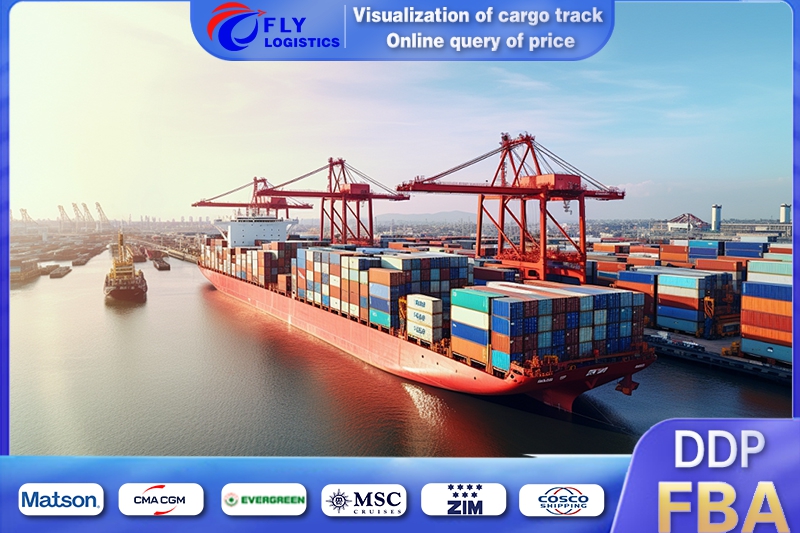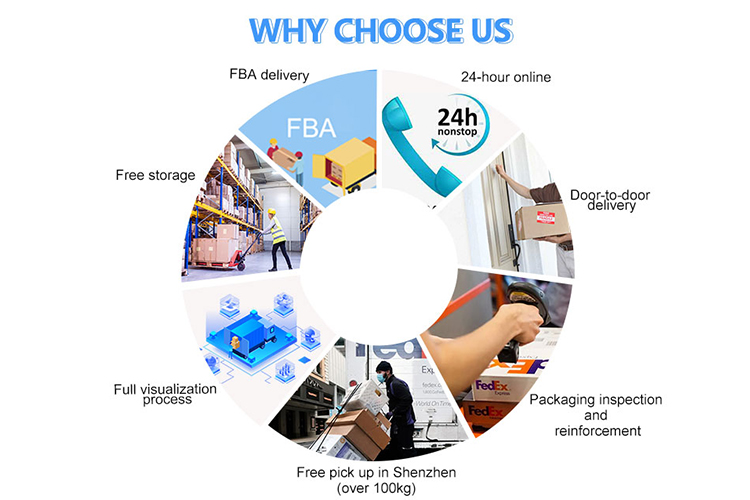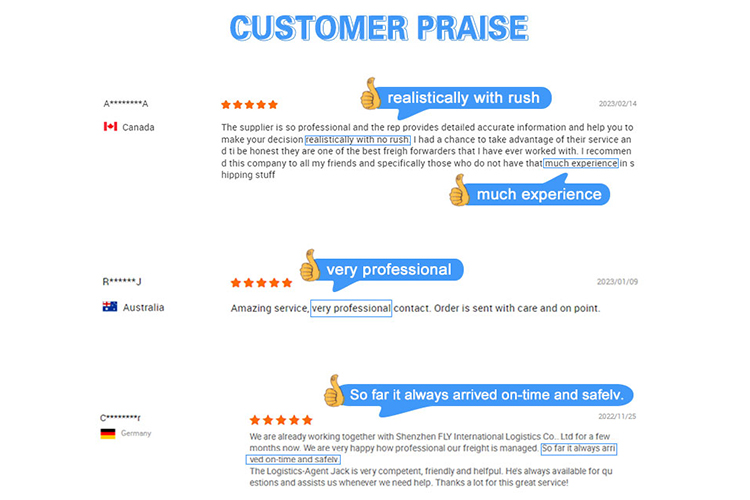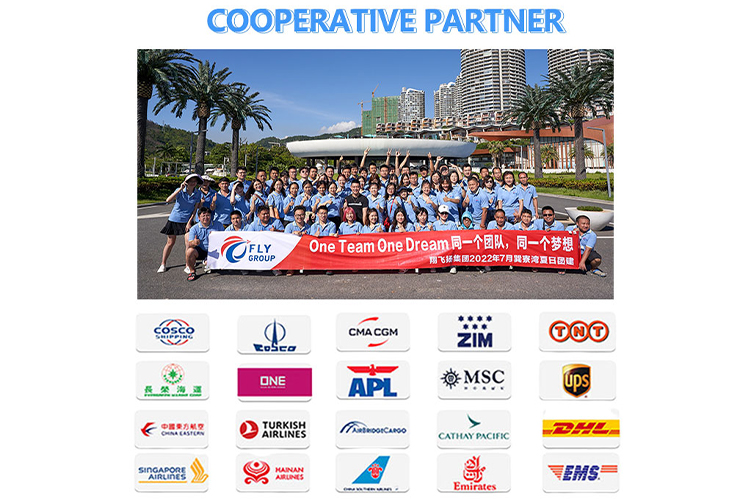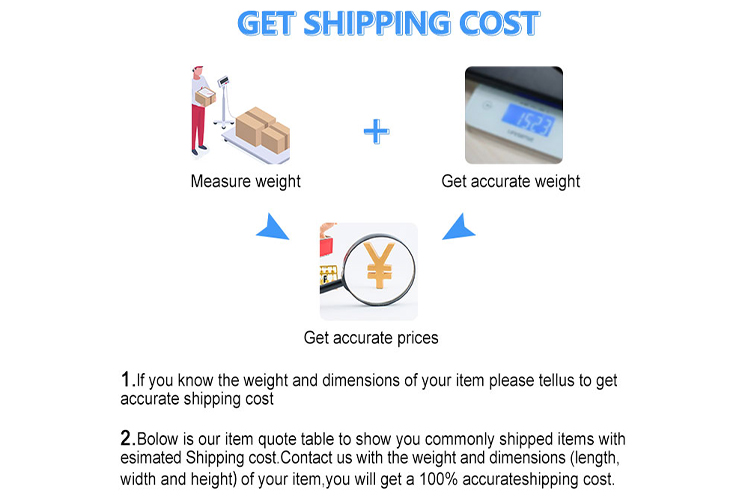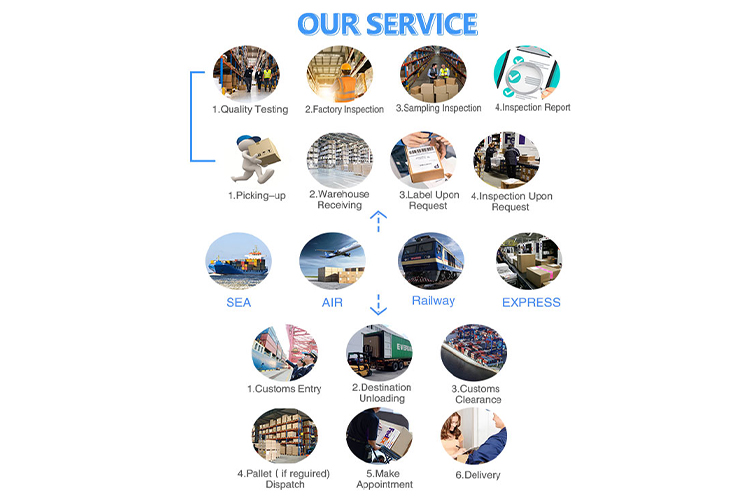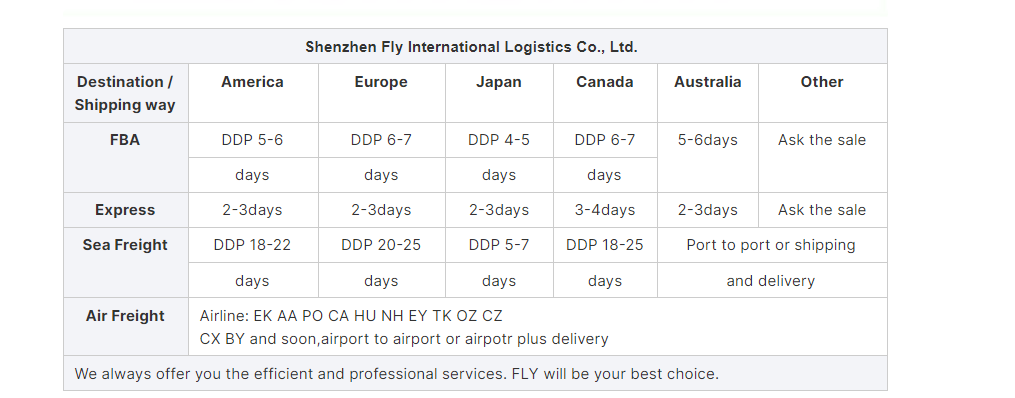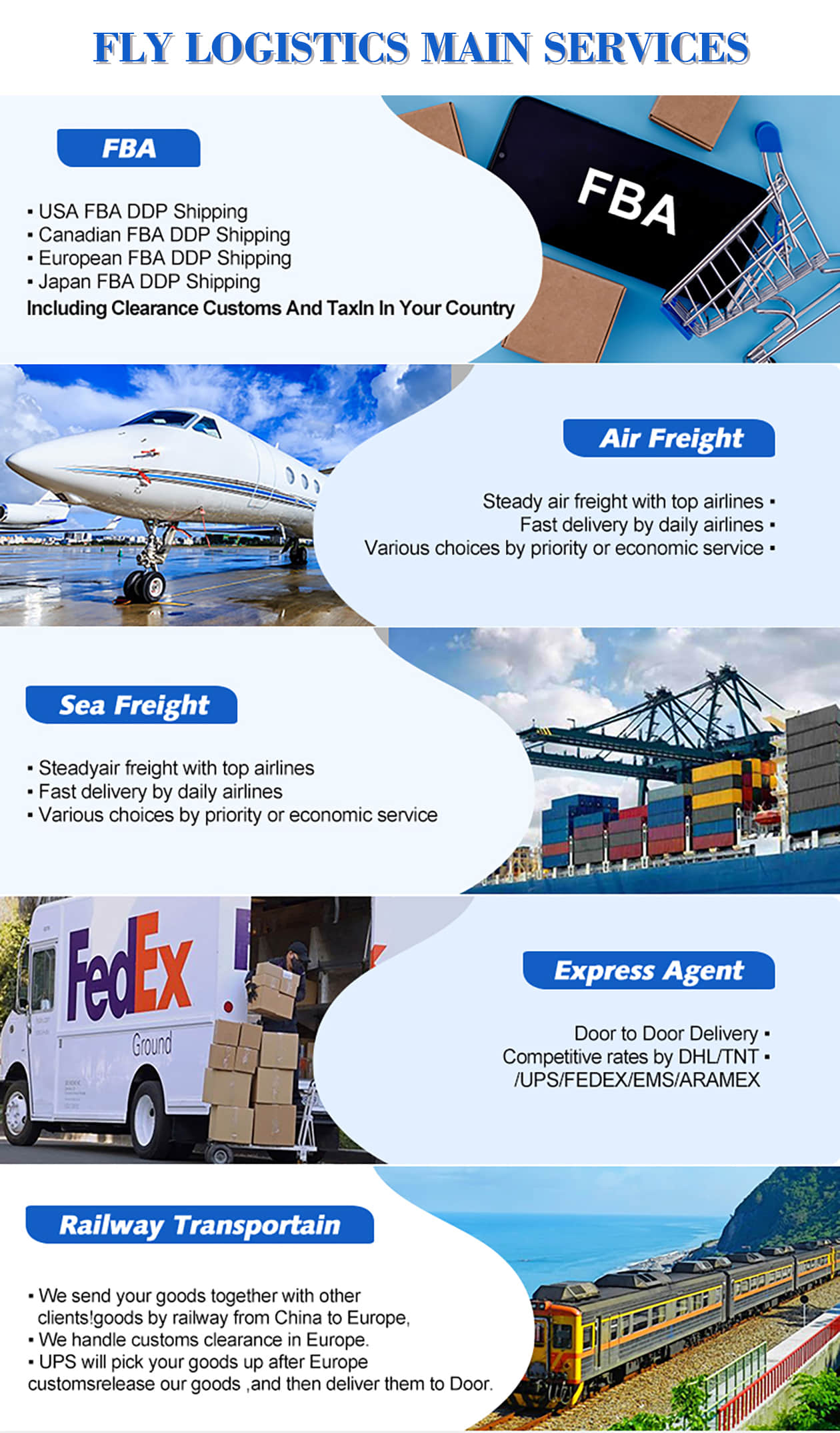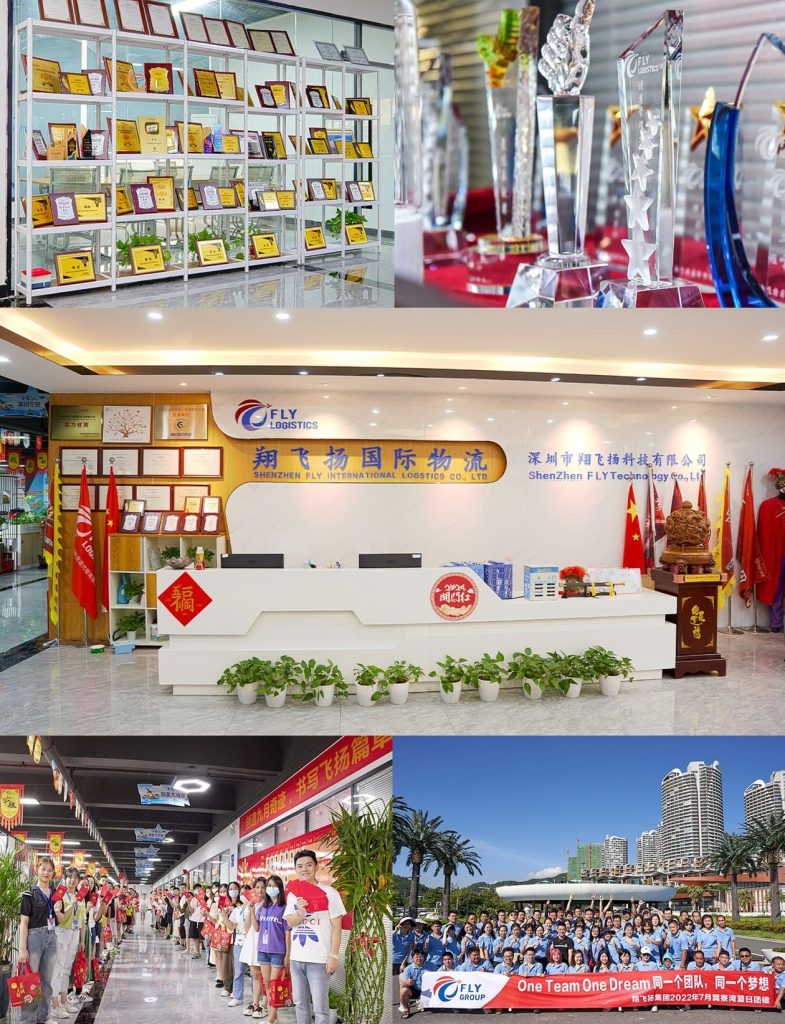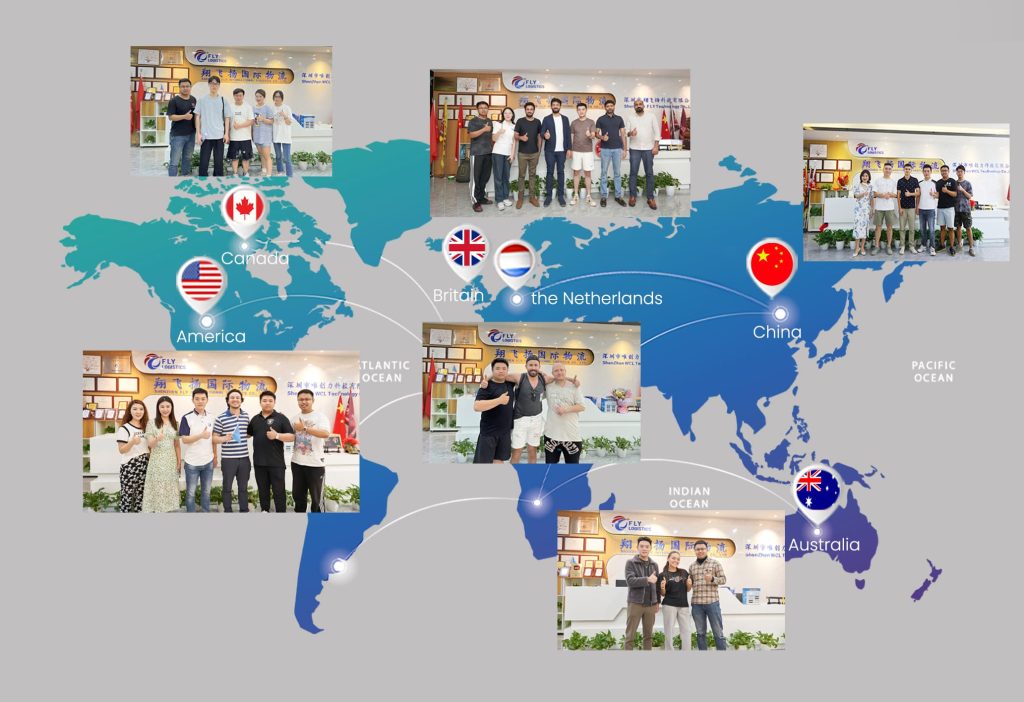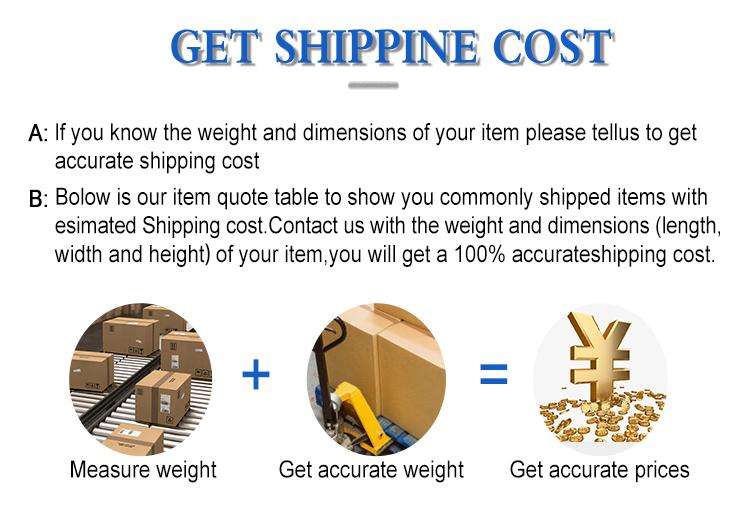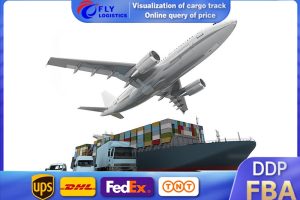Description
Comparing Sea Freight and Sea-to-Ground Delivery: Key Differences and Applications
In international logistics, both sea freight and sea-to-ground delivery (often referred to as “sea-to-truck” or “sea-to-ground” solutions) play crucial roles in managing cargo across global markets. Understanding the differences between these two modes of transport can help businesses select the most appropriate solution for their shipping needs. This article examines the key distinctions between sea freight and sea-to-ground delivery, highlighting their features, advantages, and ideal applications.
Sea Freight: Economical and Efficient for Long-Distance Shipments
Definition and Process:
- Sea Freight: This involves transporting goods by sea from one port to another. It is a widely used method for international trade due to its cost-effectiveness and capacity for handling large volumes of cargo.
- Process: Goods are loaded onto container ships and transported across oceans. The process includes booking, loading, ocean transit, customs clearance, and unloading at the destination port.
Advantages:
- Cost Efficiency: Sea freight is generally more economical compared to air freight, particularly for large shipments. It is the preferred choice for bulk cargo and long-distance transportation.
- High Capacity: Ships can carry large volumes and heavy cargo, making sea freight ideal for bulk commodities and oversized items.
- Environmental Impact: Sea freight has a lower carbon footprint compared to air freight, making it a more sustainable option for large-scale shipping.
Ideal Use Cases:
- Bulk Shipments: Suitable for large volumes of goods, such as raw materials, machinery, or consumer products.
- Cost-Conscious Freight: Ideal for businesses looking to minimize shipping costs for non-urgent deliveries.
Sea-to-Ground Delivery: Flexibility for Final Mile and Regional Distribution
Definition and Process:
- Sea-to-Ground Delivery: This method combines sea freight for the long-haul segment and ground delivery (trucks) for the final leg of transportation. It is used when direct sea-to-door delivery is not feasible.
- Process: Cargo is transported by sea to a port, then transferred to trucks for final delivery to the destination address or regional distribution center.
Advantages:
- Flexibility: Combines the cost-efficiency of sea freight with the flexibility of ground delivery, enabling access to areas not directly served by sea transport.
- Last-Mile Delivery: Provides a solution for delivering goods from the port to their final destination, ensuring that cargo reaches its final address efficiently.
- Customizable Solutions: Offers adaptable services to accommodate various types of cargo, including those not suitable for direct sea transport.
Ideal Use Cases:
- Regional Distribution: Effective for delivering goods to locations not directly accessible by sea transport, particularly for the last mile or regional distribution.
- Cost-Effective Transport: Suitable for shipments that benefit from the cost-efficiency of sea freight for long distances but require ground delivery for final-mile distribution.
Key Differences
-
Transit Times:
- Sea Freight: Generally involves longer transit times compared to air freight, but provides a cost-effective solution for bulk and long-distance shipments.
- Sea-to-Ground Delivery: Involves two stages (sea and ground), potentially adding time to the overall delivery process but offering flexibility for final delivery.
-
Cost:
- Sea Freight: Typically more economical for large volumes of cargo and long distances, but can be slower compared to other modes.
- Sea-to-Ground Delivery: May incur additional costs for the ground transportation segment, but provides a balanced solution for both cost and accessibility.
-
Capacity and Handling:
- Sea Freight: Capable of handling large volumes and heavy cargo with high capacity. Suitable for bulk and oversized shipments.
- Sea-to-Ground Delivery: Provides flexibility for handling various cargo types, including those that need final-mile delivery or are not suitable for direct sea transport.
-
Coverage and Accessibility:
- Sea Freight: Best for direct shipments between ports, with limitations on final-mile delivery.
- Sea-to-Ground Delivery: Offers enhanced coverage by including regional and local delivery options, making it suitable for final-mile distribution.
Conclusion
Choosing between sea freight and sea-to-ground delivery depends on several factors including shipment volume, urgency, cost considerations, and delivery requirements. Sea freight is ideal for cost-effective, large-scale shipments over long distances, while sea-to-ground delivery offers a flexible solution for regional distribution and final-mile delivery. By understanding the distinct features and benefits of each option, businesses can make informed decisions to optimize their logistics operations and effectively manage their supply chain needs.
Sea Freight Service Door to Door is a comprehensive shipping solution that manages every aspect of your cargo’s journey. From your doorstep (or warehouse) to the final destination, this service covers the entire shipping process, including inland transport, port handling, ocean shipping, customs clearance, and final delivery. It’s designed to make international shipping simpler and more convenient, offering an all-in-one solution for global transportation.
Why Sea Freight Service Door to Door Is the Best Choice for Your Global Shipping Needs
- Efficiency and Speed: With a single service provider managing the entire process, you save time and reduce the risk of delays or miscommunications.
- Convenient and Stress-Free: There’s no need to juggle multiple carriers, schedules, or points of contact. Everything is taken care of under one roof.
- Affordable: Sea freight is often the most cost-effective solution, particularly for bulk or heavy goods, and offers flexible pricing based on volume and urgency.
- Reliability: With a trusted provider handling your shipment from start to finish, you can rest assured that your goods will be delivered safely and on time.
Key Features of Sea Freight Service Door to Door:
- Comprehensive Logistics: From the moment you hand over your cargo, we take care of all the logistics. Our team coordinates everything—pick-up, transport to port, loading onto the vessel, shipping, unloading at the destination port, customs clearance, and final delivery to the recipient’s address.
- Flexible Delivery Options: Depending on your needs, Sea Freight Service Door to Door offers different service levels, including standard, expedited, or temperature-controlled options. Whether you’re shipping time-sensitive goods, perishables, or oversized cargo, we provide tailored solutions to meet your requirements.
- Insurance and Protection: We understand the value of your cargo, which is why Sea Freight Service Door to Door offers comprehensive insurance options to protect your shipment from damage, theft, or loss during transit.
- Sustainability: Sea freight is a more eco-friendly option compared to air transport, as it produces lower emissions per ton of cargo. By choosing Sea Freight Service Door to Door, you’re opting for a greener shipping solution that helps reduce your carbon footprint.

